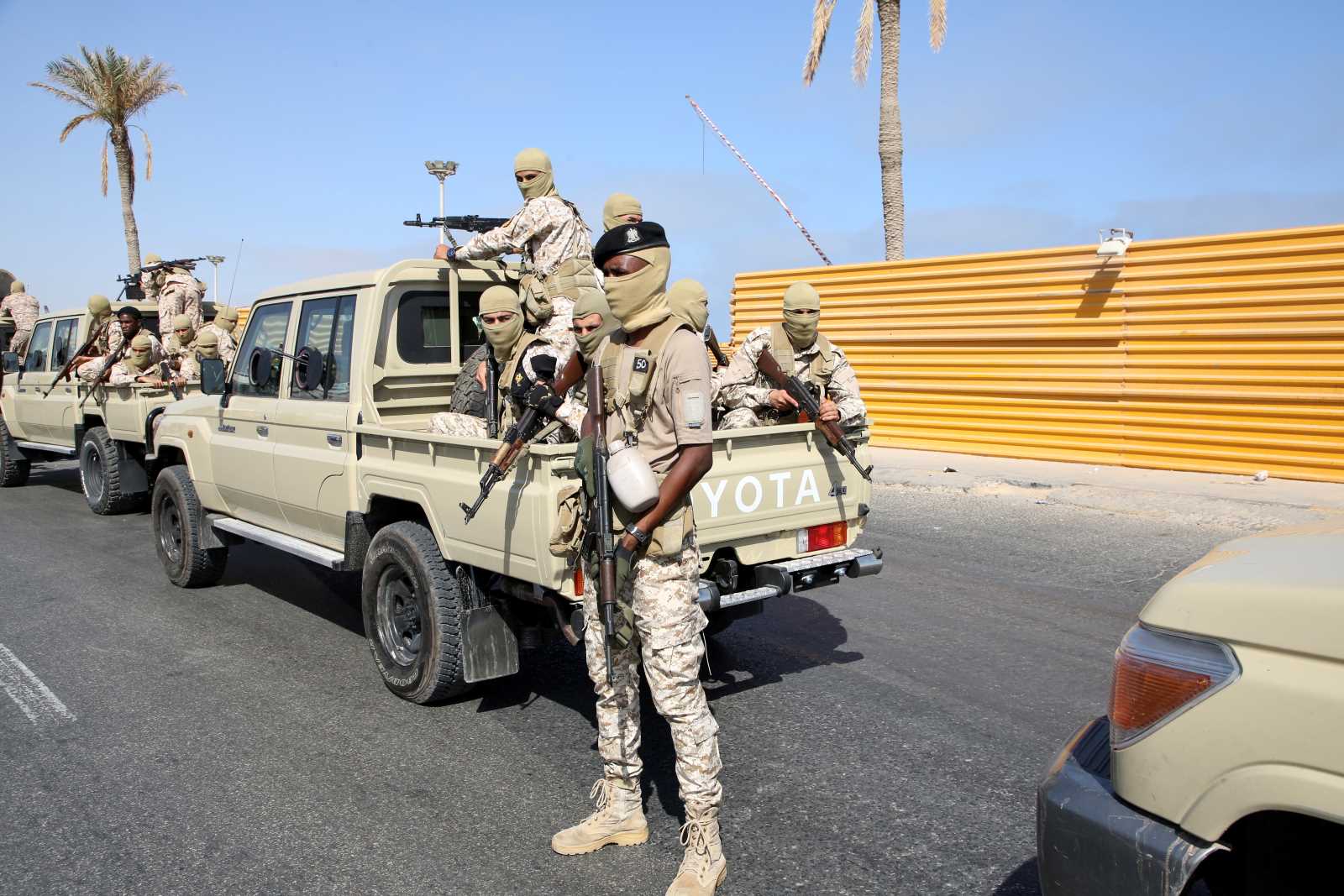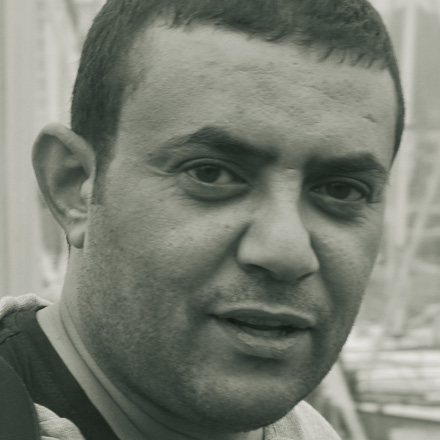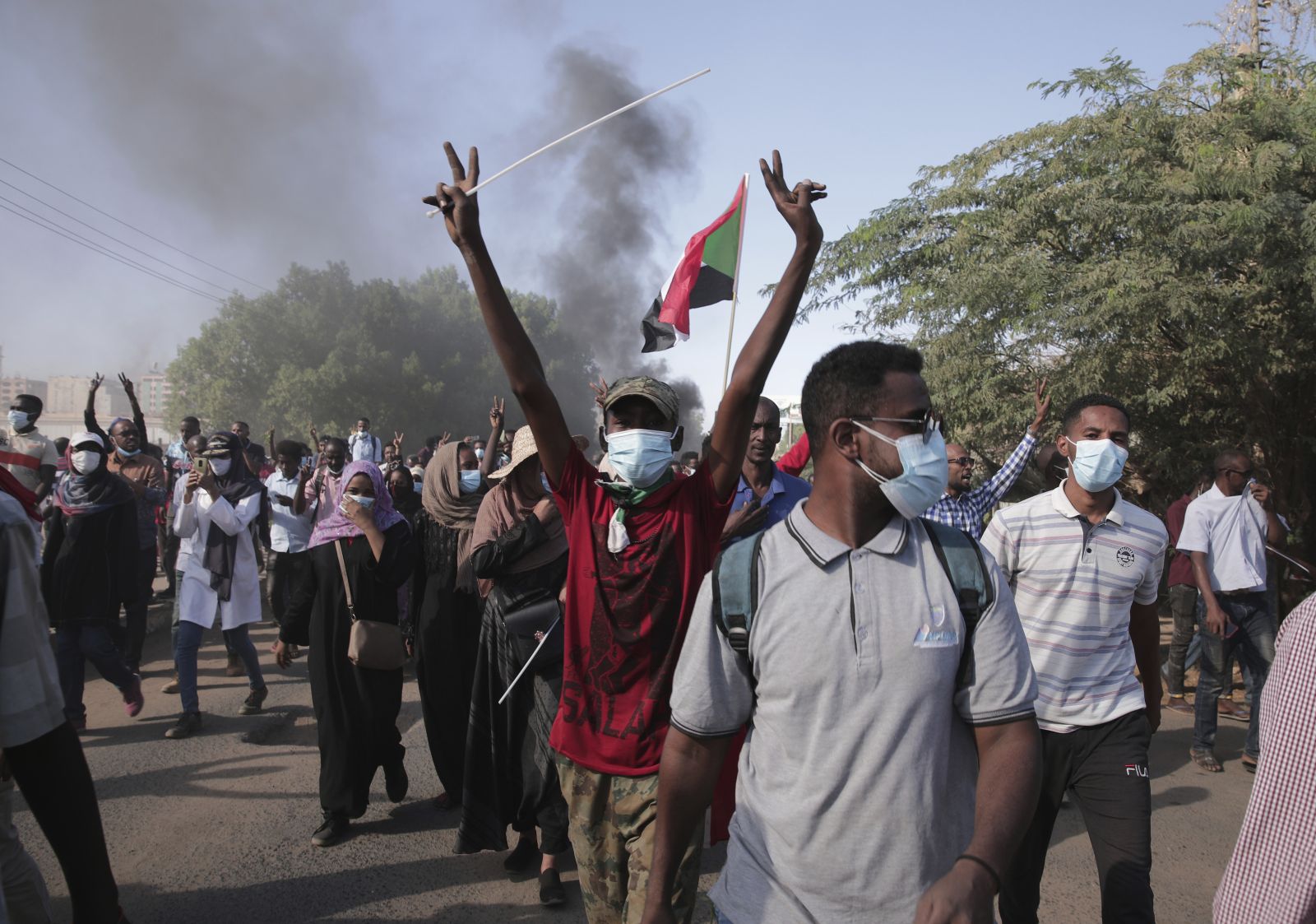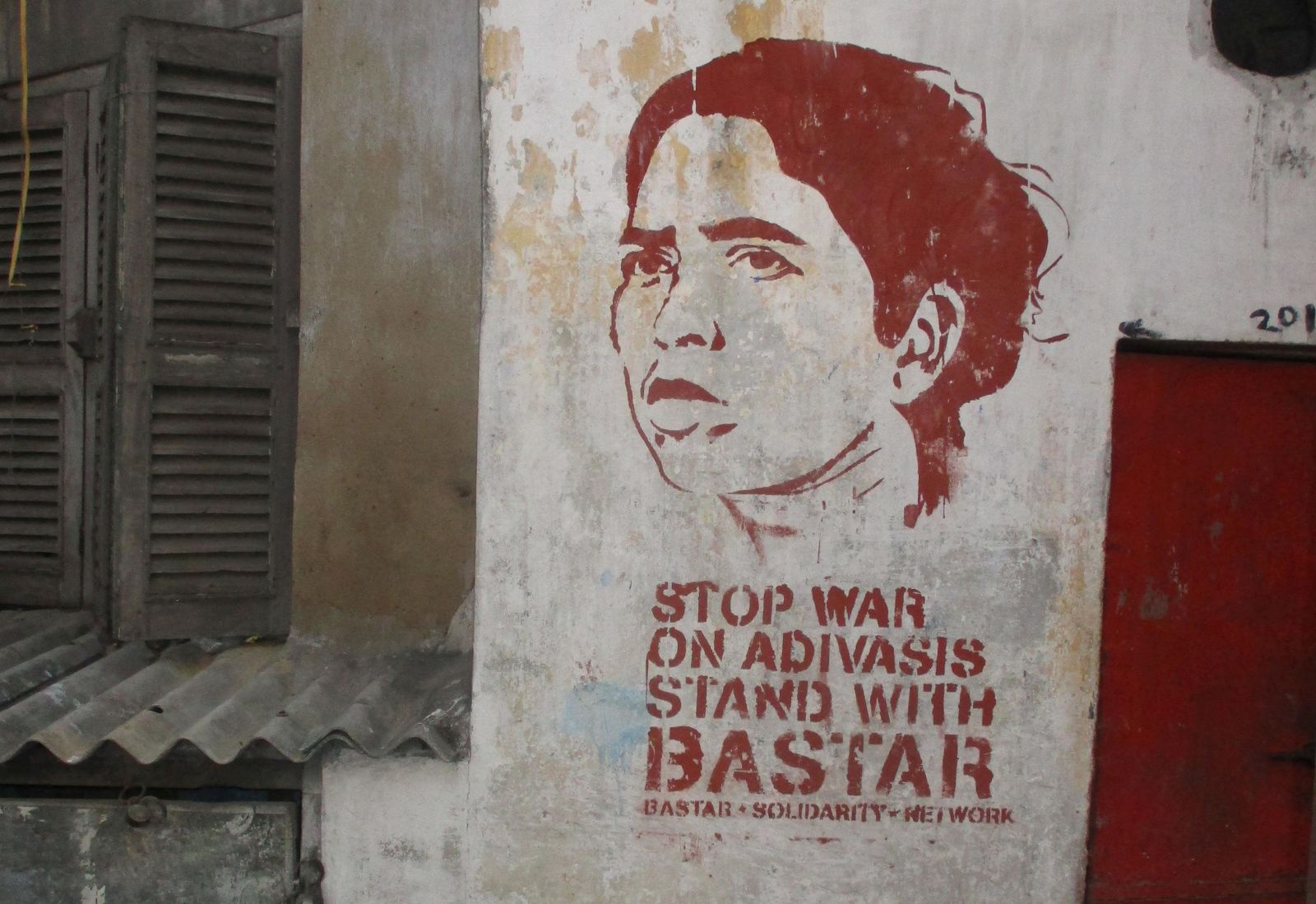ISIS
Water as a weapon
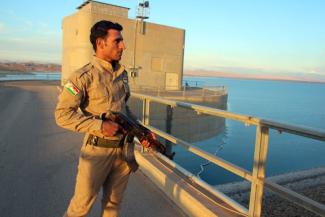
Tobias von Lossow of Germany’s foreign-policy think tank SWP has published a study on how ISIS is using water resources in a world region that is known for water scarcity. He argues that conquering major dams on the Euphrates and Tigris rivers is an important component of the militia’s expansion strategy, just like conquering oil fields. Dams allow the Islamists to control the water resources.
In 2014, ISIS gained control of almost all important dams in the two-rivers system in northern Iraq, the author writes. The fighting was heavy, and the militia could not hold on to all of them. However, several important dams – for instance near Falluja, Samarra and Ramadi – are still under ISIS control.
ISIS is trying to use the water resources for military purposes, von Lossow writes. He sees three options: cutting water supply, flooding areas or contaminating drinking water. According to the SWP scholar, ISIS is doing all of this. In both Syria and Iraq the extremists are reported to have blocked the water supply for municipalities, towns and entire regions. One example was the predominantly Christian town of Qaraqosh in northern Iraq. It was virtually isolated by ISIS in June 2014. The author also gives examples for flooding incidents. One was when ISIS closed river locks after conquering the Falluja dam in April 2014 in order to submerge areas upstream and disrupt agencies of the Iraqi government. Moreover, he reports that ISIS fighters contaminated drinking water in the Balad District south of Tikrit with crude oil.
Von Lossau points out that water can serve as a military means, for instance when areas are flooded to block enemy troops from advancing. Control of the indispensable resource, moreover, is useful for putting pressure on enemies. It accordingly caused global concern when ISIS took control of the Mosul dam in August 2014. Half of Iraq’s electricity generation depends on this dam. Had ISIS demolished the dam, moreover, the resulting flood wave would have destroyed Mosul and caused serious damage in Bagdad, 400 kilometers downstream.
According to von Lossow, the UN is concerned about ISIS making military use of water, but cannot do much about it. Typical UN means such as ostracism, appeals and sanctions do not have an impact on the fundamentalist militia. So far, only the armed forces of the anti-ISIS coalition have been able to make a difference. Air strikes have several times helped the Iraqi army and Kurdish militias regain dams, as was the case in Haditha in 2014 and again in 2015. In a similar way, Iraqi and Kurdish forces depended on massive western air strikes when they took control of the Mosul dam.
The “water weapon” is quite effective, the author states, but nonetheless, there are limits to its application. As ISIS wants to establish a caliphate, it needs to provide public services – including water supply. Accordingly, it cannot destroy all water infrastructure. Moreover, the terrorist organisation needs water to produce and process the crude oil it sells to raise funds. In von Lossau’s view, ISIS lacks water-management expertise, so it is forced to rely on the local utilities’ staff.
The author’s conclusion is that ISIS has raised the strategic use of water to a new level. Its approach is said to be “targeted, systematic, logical and flexible at the same time.”
Sabine Balk
Link:
Von Lossow, T.: Wasser als Waffe: Der IS an Euphrat und Tigris (Water as a weapon: ISIS on the shores of Euphrates and Tigris – only available in German)
http://www.swp-berlin.org/fileadmin/contents/products/aktuell/2015A94_lsw.pdf

